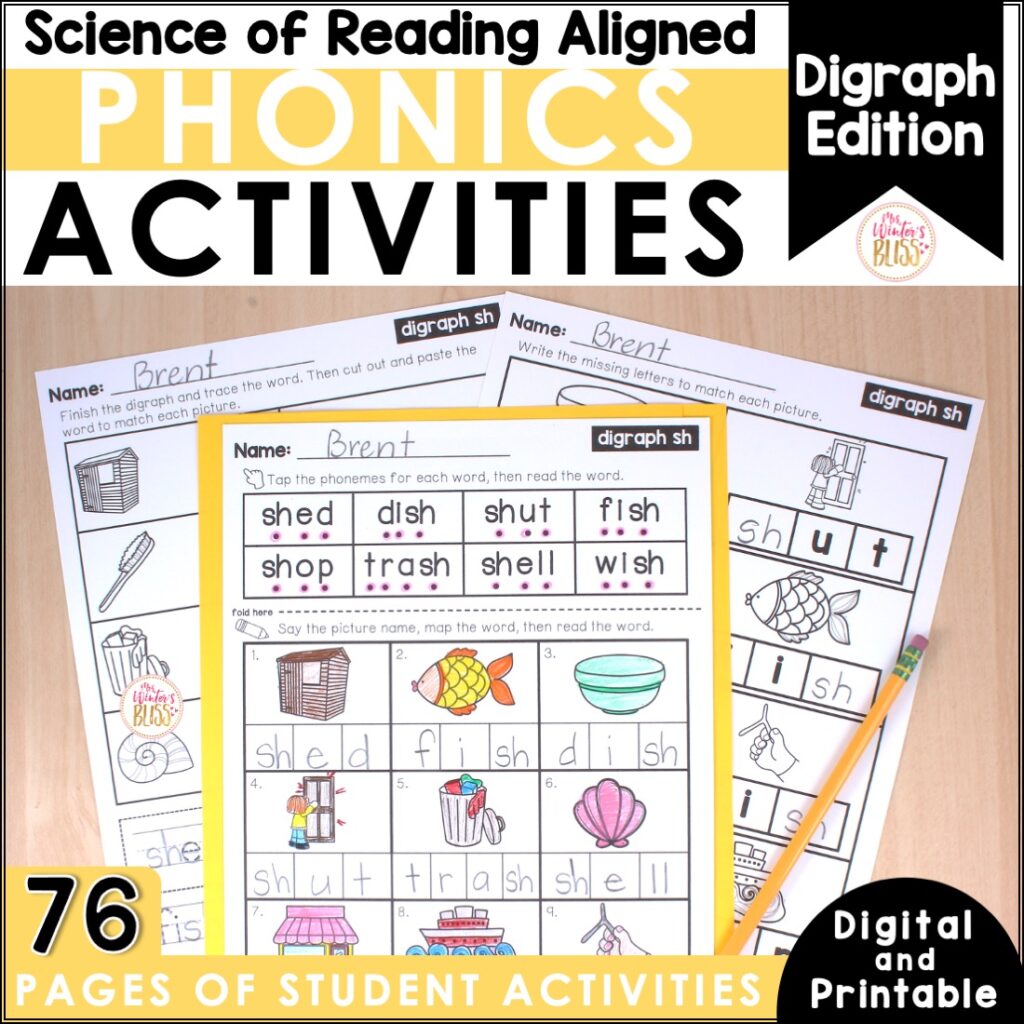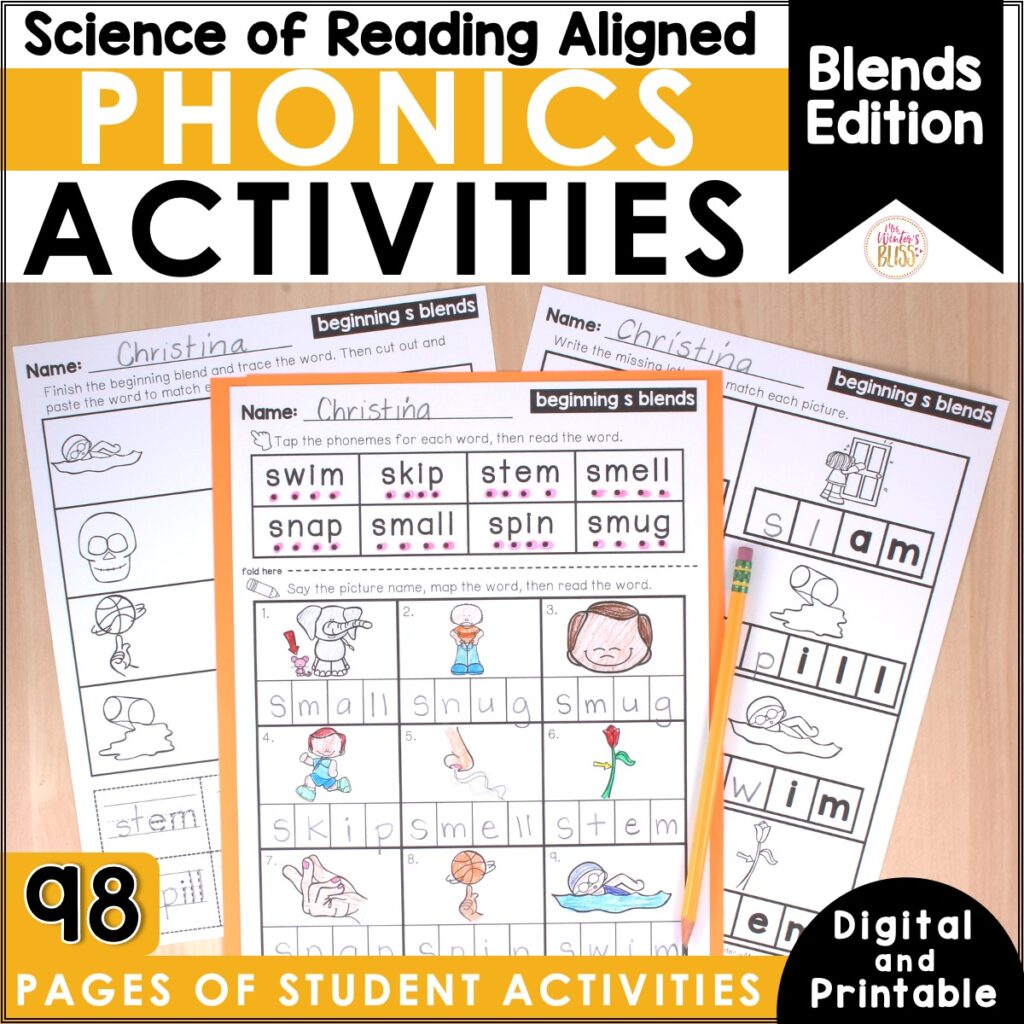

In this post, I explain the difference between consonant blends and consonant digraphs. I offer you tips for how to teach blends and digraphs and provide you with FREE blend and digraph word lists. Finally, I leave you with activities and resources you can use to help your students master blends and digraphs.
The Science of Reading tells us that in order for a student to become a successful reader, we must provide them with explicit and systematic phonics instruction and meaningful practice. To help you with this task, I am creating a series of blog posts that explain how to teach the different phonics skills. In my last post, I explained how to teach CVC words and today I am moving on to blends and digraphs.
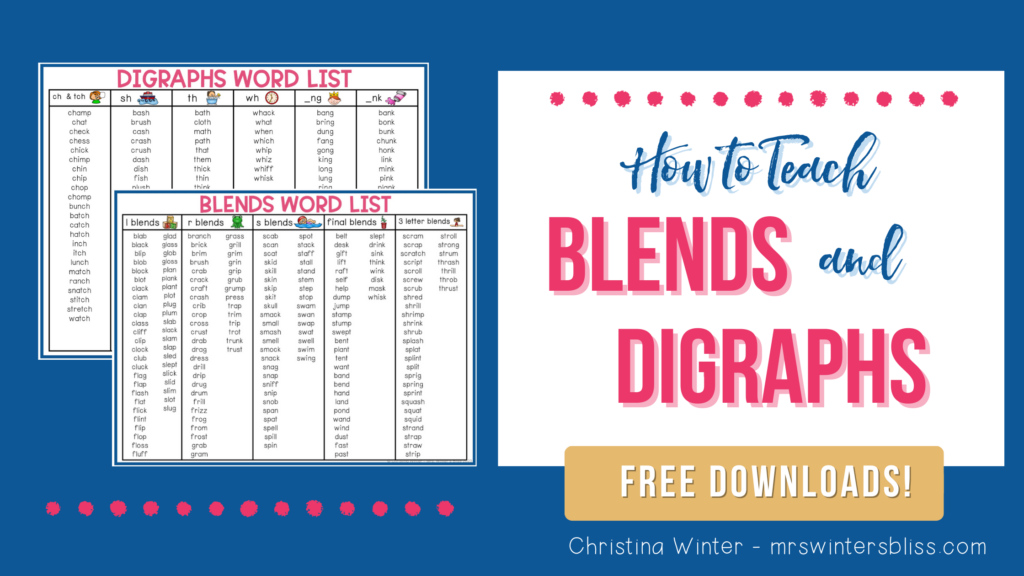
After students have mastered letter sounds and CVC words, they are ready to learn words with consonant blends and digraphs. While blends and digraphs both appear as 2 or 3-letter combinations, they are different phonics skills and should therefore be taught differently.
Today I am excited to help you better understand blends and digraphs. I answer the common question “What is the difference between blends and digraphs?”, show you how to teach each one, and offer you FREE printable blends and digraphs word lists. Finally, I leave you with recommendations for engaging phonics activities you can use to teach blends and digraphs in your classroom.
What are Consonant Blends?
Consonant blends (sometimes referred to as consonant clusters) are made up of consonants that represent separate sounds. Blends can be made up of 2 or 3 letters and come at the beginning or end of a word. Blends that come at the start of the word are referred to as beginning blends. Those that come at the end of a word are called final blends.
In a blend, each letter retains its sound- you can still hear each sound. For example, in the word plum, you can still hear the individual /p/ and /l/ sounds in the “pl” blend.
What are Digraphs?
A digraph is a two-letter combination that comes together to make ONE sound. There are consonant digraphs (often referred to simply as digraphs) and vowel digraphs (often referred to as vowel teams).
For example, the words chin and wish contain consonant digraphs that make one sound. Common digraphs include ch, sh, th, wh, ph, and ck.
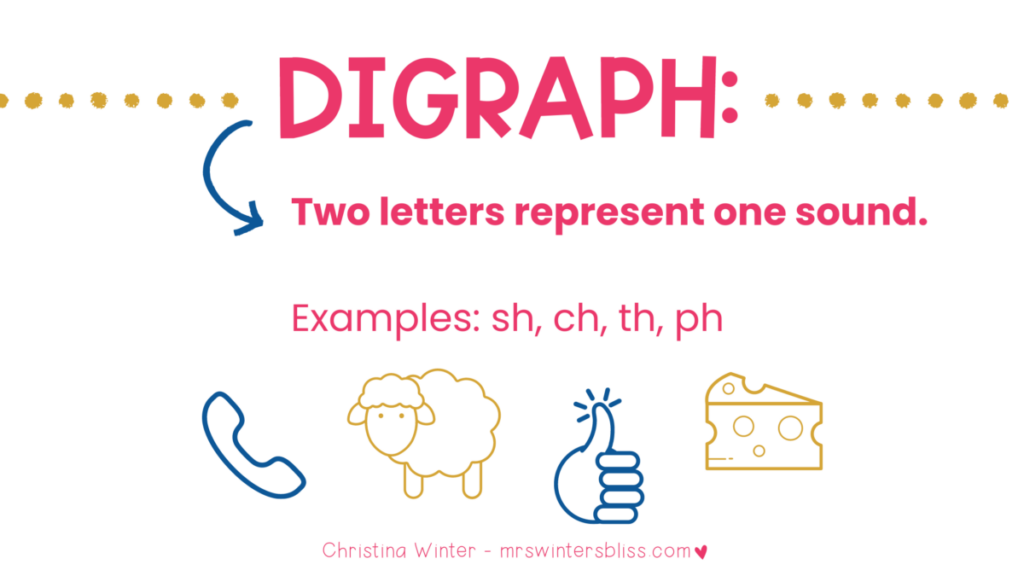
You may also come across trigraphs. This is when three consonants represent one sound, such as in the word match.
Tips for Teaching Blends
It is not recommended to teach blends as units. If we try to teach blends as single sounds we greatly increase the amount of information students have to learn and make things more complex than they need to be. Instead, encourage students to pay attention to each grapheme-phoneme (letter-sound) correspondence from left to right, all the way through the word.
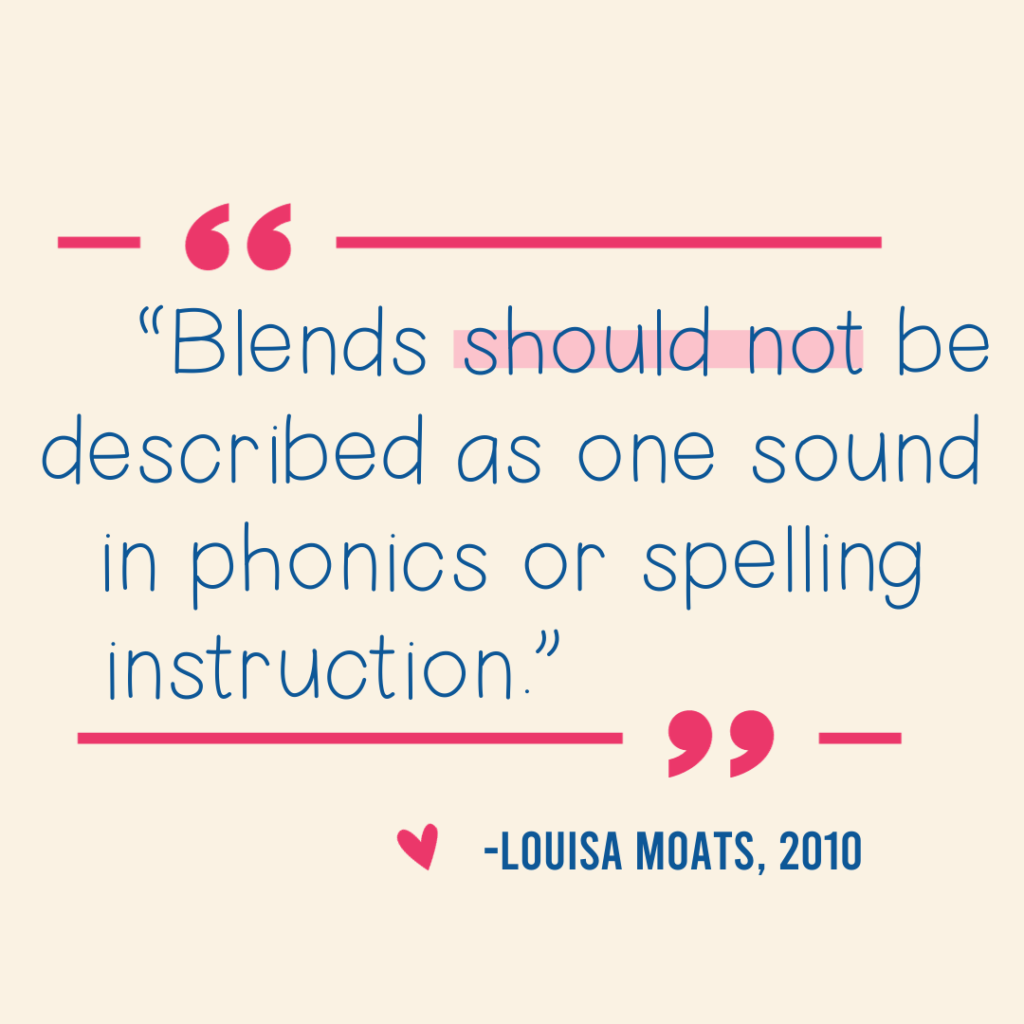
This does not mean that we ignore blends when teaching reading. Consonant blends can be particularly tricky for beginning readers. This is because when we speak sounds are often co-articulated. This means they slide into one another so quickly they can be hard to discriminate. For example, consider the word “camera”. When we say it aloud, it usually sounds like “camra”. In speech, this is known as an elision.
To avoid elision, or the emission of a sound, you must explicitly teach and pay attention to the order of individual sounds in blends, and the letters that represent them. This will help students read and spell blends successfully.
Tips for Teaching Digraphs
It is important that you systematically and explicitly teach your students digraphs. When doing so, provide students with the phoneme, the grapheme, and an image as support.
For example, If teaching the digraph /th/, I start by explaining what a digraph is (two letters that when put together make one, new sound). Students listen to the sound the digraph /th/ makes and we closely examine what our mouths do when make that sound. Together, we would make the /th/ sound.

Next, I show students the letters (or graphemes) that make that sound (phoneme). As a final support, I provide them with focus picture that represents the digraph /th/.
Finally, when teaching digraphs consider using a classroom sound wall. It serves as an excellent support for your instruction and reference for students. Learn more about the benefits of using a sound wall in your classroom and take a closer look at my phoneme-grapheme sound wall resource here.
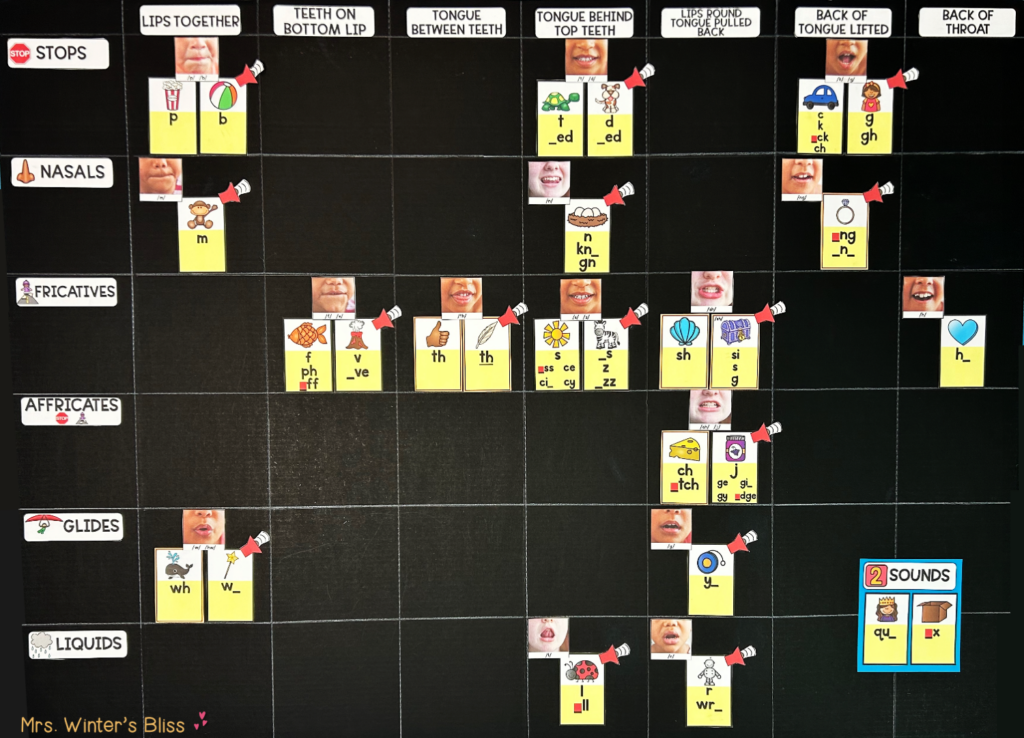
Resources and Activities to Teach Blends and Digraphs
To reach mastery, students need lots of opportunities to work with, practice, and review words with digraphs and blends. Fortunately, many engaging, low-prep, SoR-aligned activities offer this practice. Let’s take a closer look at a few of my favorites…
1. Word Mapping
Word mapping activities are a physical way to represent the relationship between the phonemes (sounds) and graphemes (letters). They allow students to physically connect or match the letters with the sounds they represent and help promote the process of orthographic mapping. Ultimately word mapping activities build word recognition and decoding skills that improve fluency in both reading and writing.
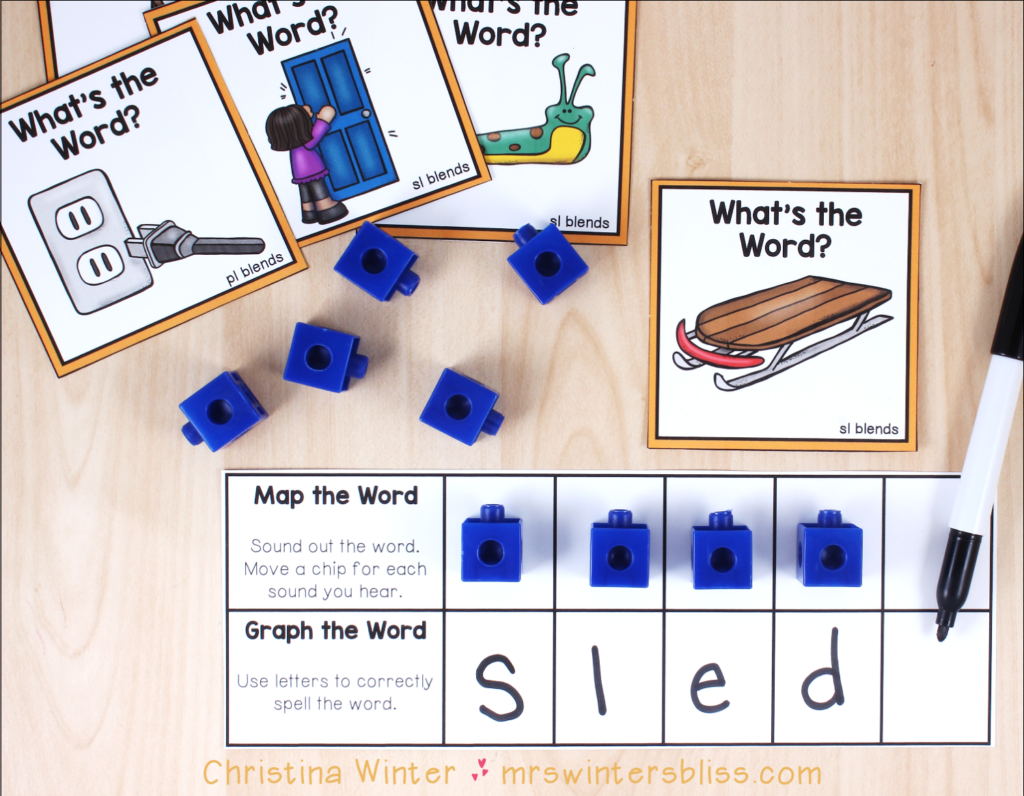
Using my Blend and Digraph Word Mapping resource, students connect the speech sounds (phonemes) of a word to the letters or letter combinations (graphemes). This resource includes over 130 blend and digraph words and is perfect for centers, independent and guided practice!
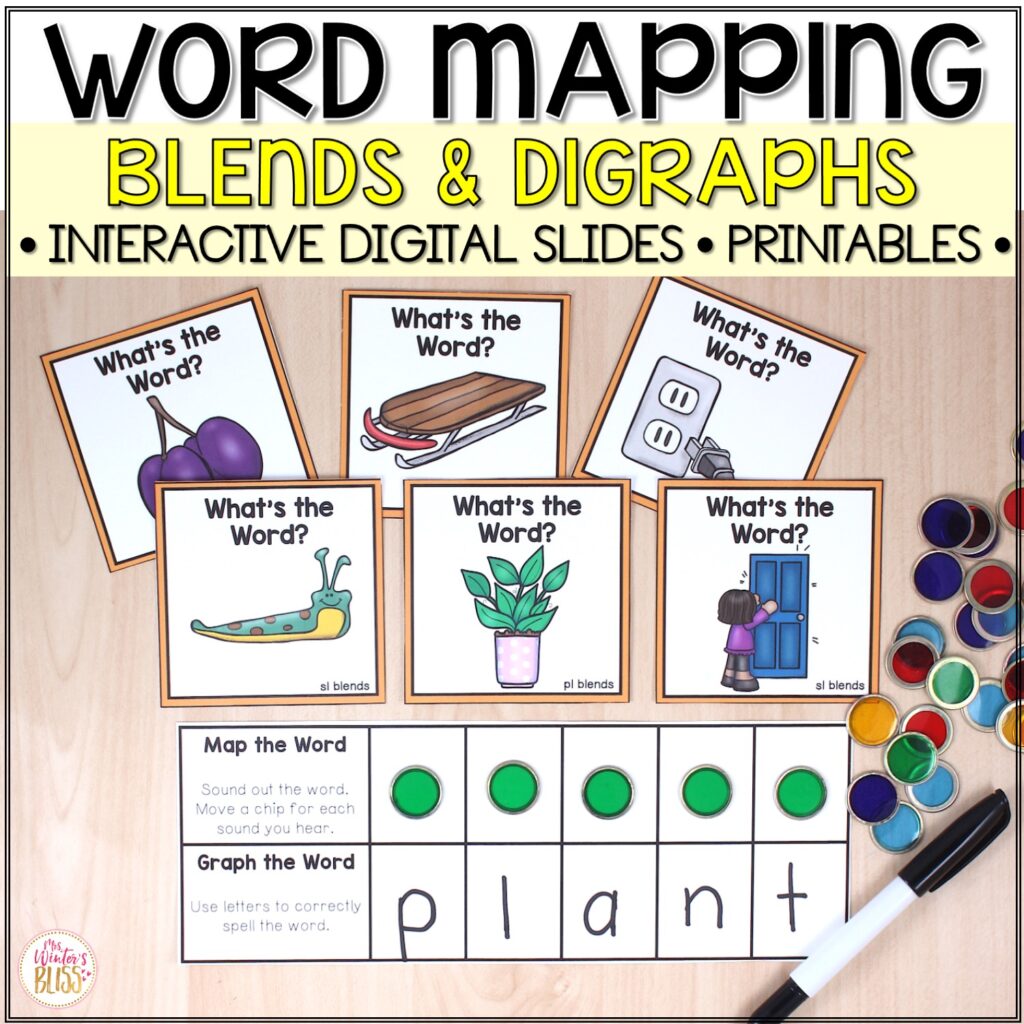
2. Blends and Digraphs Phonics Activities
These Science of Reading-aligned, printable, and digital phonics and spelling activities give students the practice they need to master blends and digraphs. After you have explicitly taught the skills, these activities can be used as review in a center, independent work, or sent home for extra practice.
I love these phonics activities because they are NO PREP for you! Simply print out the pages and assign them to students as needed.
Additionally, they include tasks on varying levels so you can easily differentiate based on the needs of your students. For example, some of the word sort activities provide students with a list of the words to choose from, while others require them to identify the missing target phoneme.
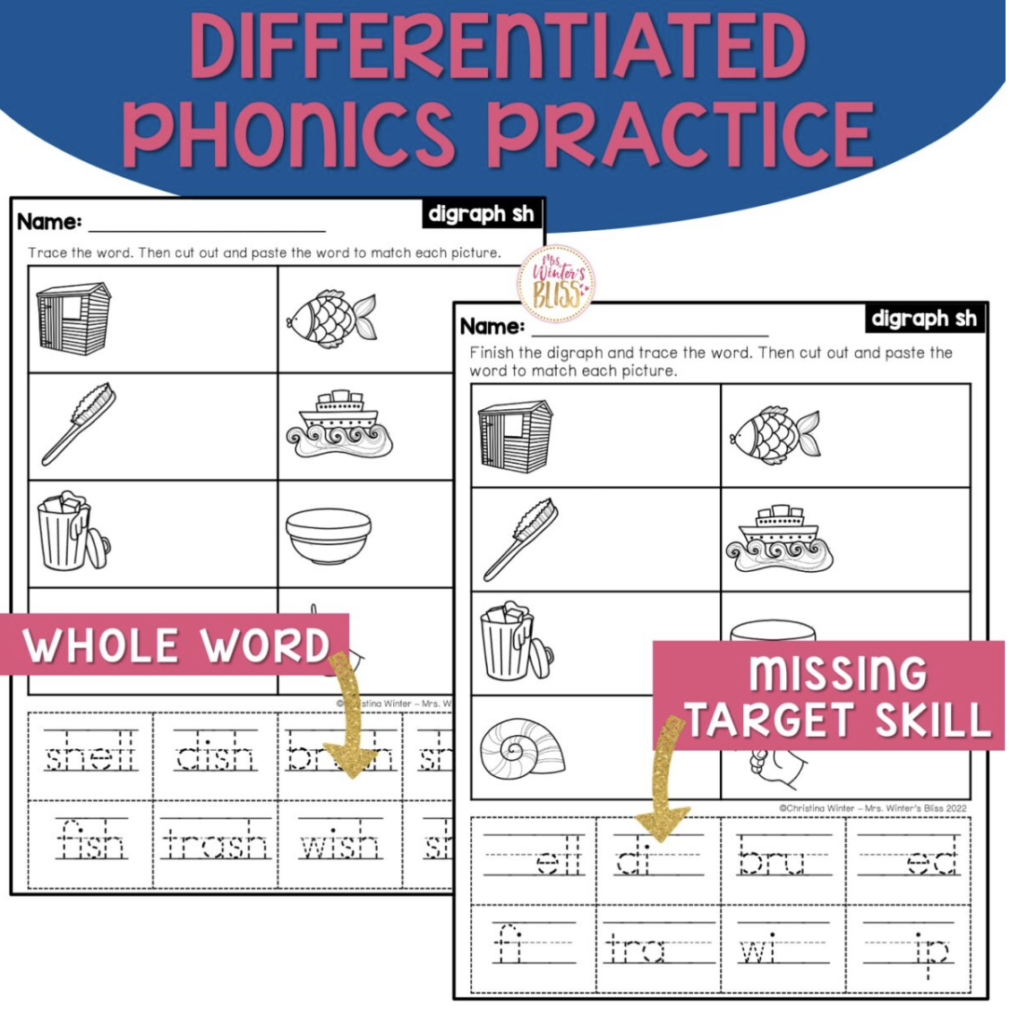
Another option is to have students write their own sentence with a missing skill word or trace the sentence and write the missing skill words.
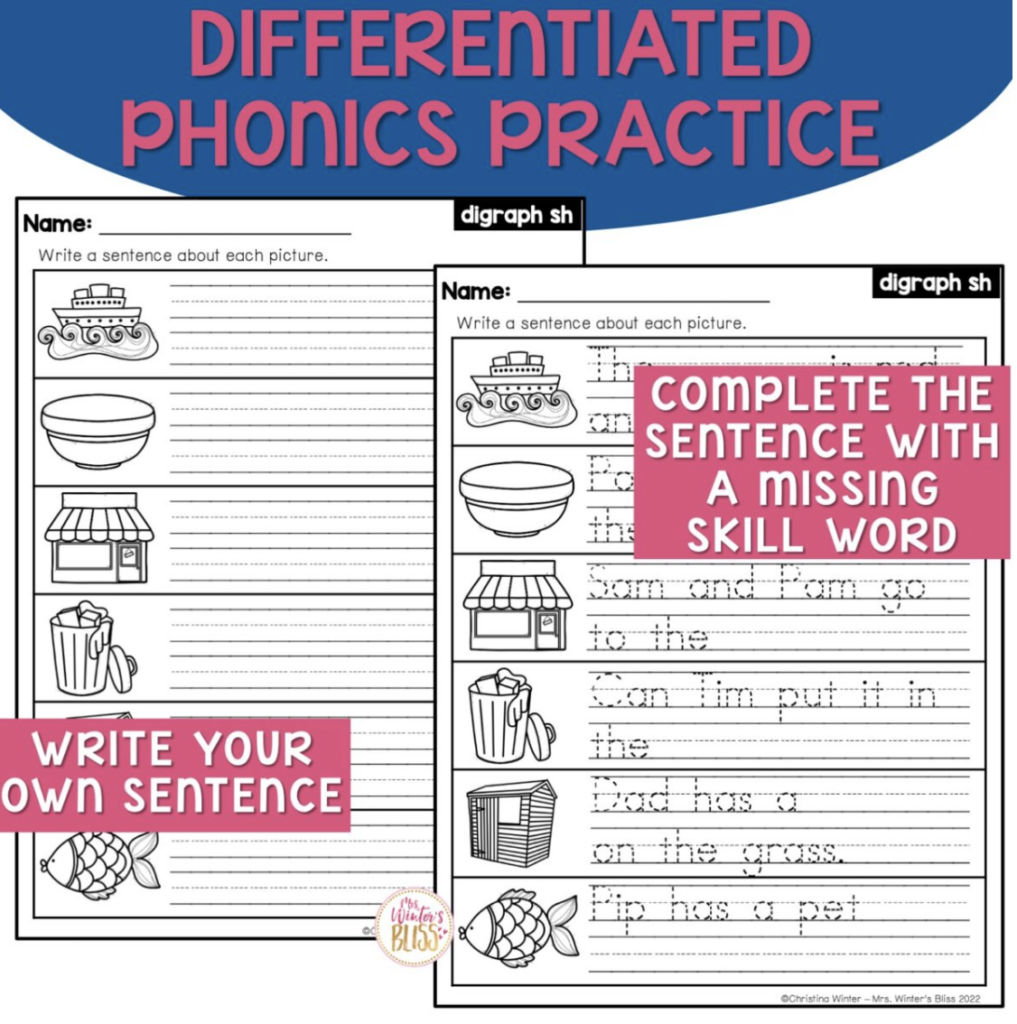
3. Decodable Books – Blends and Digraphs
A decodable text is a text you use in beginning reading instruction. It is a story that is controlled based on the phonics skills you have taught. Once students have received explicit instruction with blends and digraphs, use decodable books and passages to let them begin reading those words!
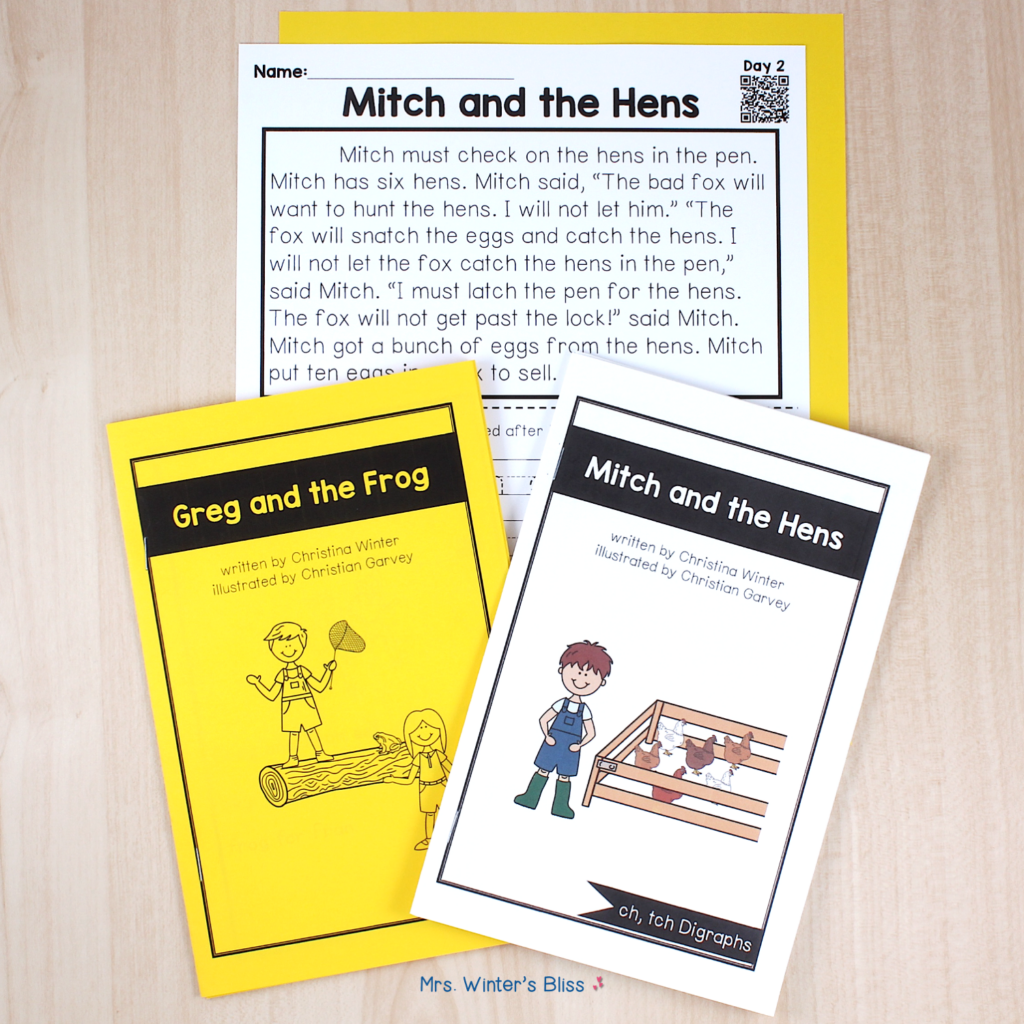
Decodable texts give students practice applying the skills that you have taught to real reading experiences. This application is how skills stick! These Science of Reading-aligned decodable books with comprehension questions and explicit teacher lesson plans are the perfect resource to give students practice reading texts with the skills you have taught. This resource includes 10 illustrated, decodable books that focus on blends and digraph skills. You’ll also get lesson plans for each book with activities to use before, during, and after reading, as well as student printables and audio recordings of each book!
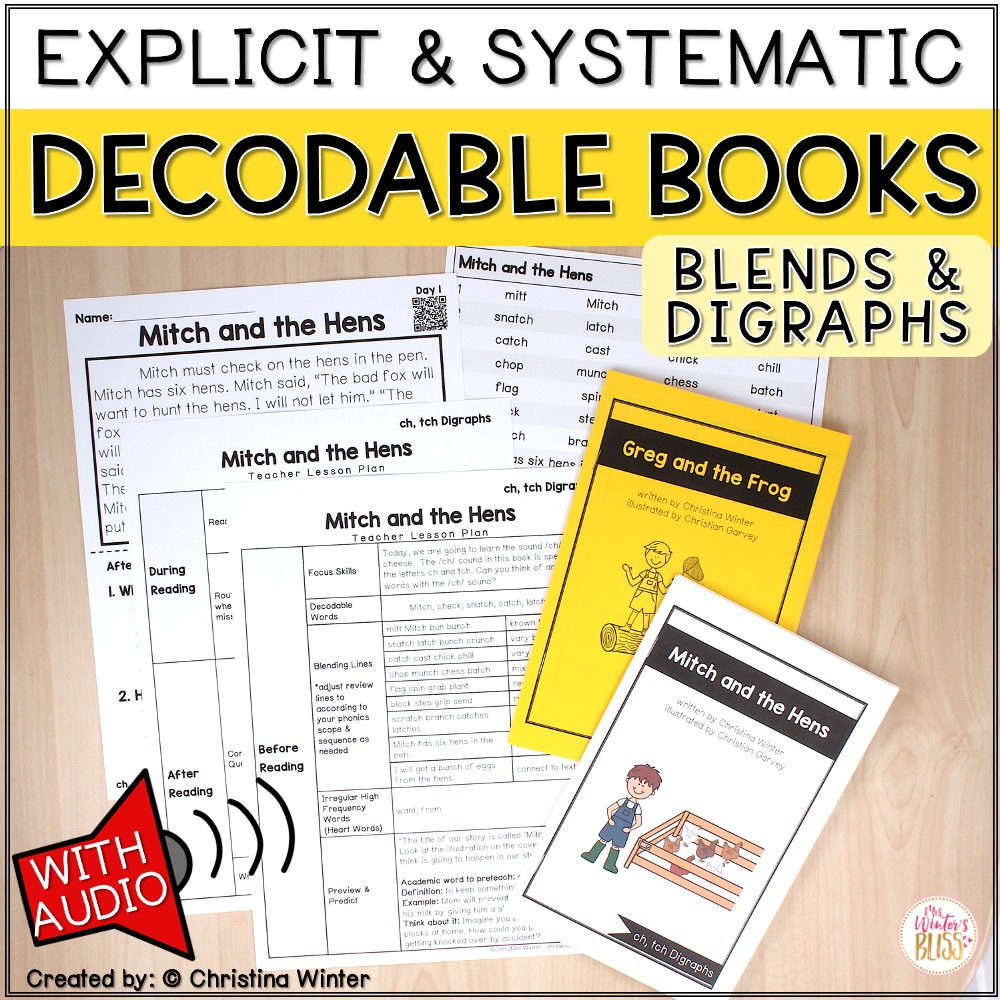
4. FREE Phonics Skills Word Lists
Finally, to help get you started teaching blends and digraphs to your students, I am happy to offer you FREE phonics skills word lists! These lists serve as excellent teacher references and can be used in many ways: whole group instruction as you introduce and practice new phonics patterns, small group work, fluency reading, and much more.
In one download you’ll get word lists for CVC words, Blends, Digraphs, Long vowels, R-Controlled vowels, Diphthongs, and Multisyllabic words!

Drop your email below to instantly receive these FREE Phonics Skills Word Lists!
I hope the information and resources I have shared here today will help to bring more effective phonics instructions and practice into your classroom. Be on the lookout for my next post where I’ll dive into how to teach CVCe and vowel team skills.
-shop this post-
-
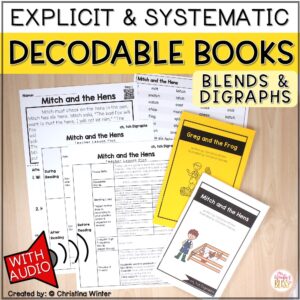 Decodable Books with Comprehension Questions – Blends & DigraphsEarn 0 Reward Points
Decodable Books with Comprehension Questions – Blends & DigraphsEarn 0 Reward Points
$19.00Rated 5.00 out of 5 based on 6 customer ratings -
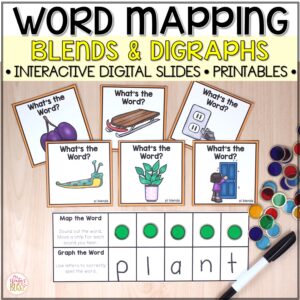 Word Mapping – Connecting Phonemes to Graphemes – Blend & Digraph ActivitiesEarn 0 Reward Points
Word Mapping – Connecting Phonemes to Graphemes – Blend & Digraph ActivitiesEarn 0 Reward Points
$4.50Rated 5.00 out of 5 based on 10 customer ratings -
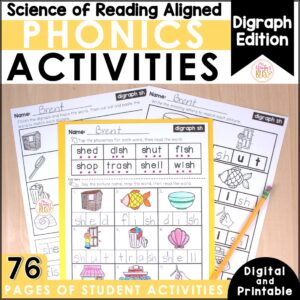 Phonics Activities Digraphs – Printable & Digital – Science of ReadingEarn 0 Reward Points
Phonics Activities Digraphs – Printable & Digital – Science of ReadingEarn 0 Reward Points
$7.50Rated 4.89 out of 5 based on 9 customer ratings -
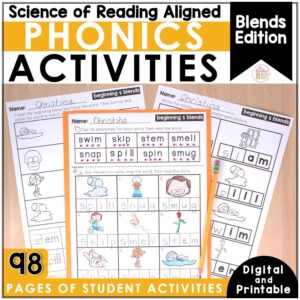 Phonics Activities Consonant Blends – Printable & Digital – Science of ReadingEarn 0 Reward Points
Phonics Activities Consonant Blends – Printable & Digital – Science of ReadingEarn 0 Reward Points
$7.50Rated 5.00 out of 5 based on 9 customer ratings

